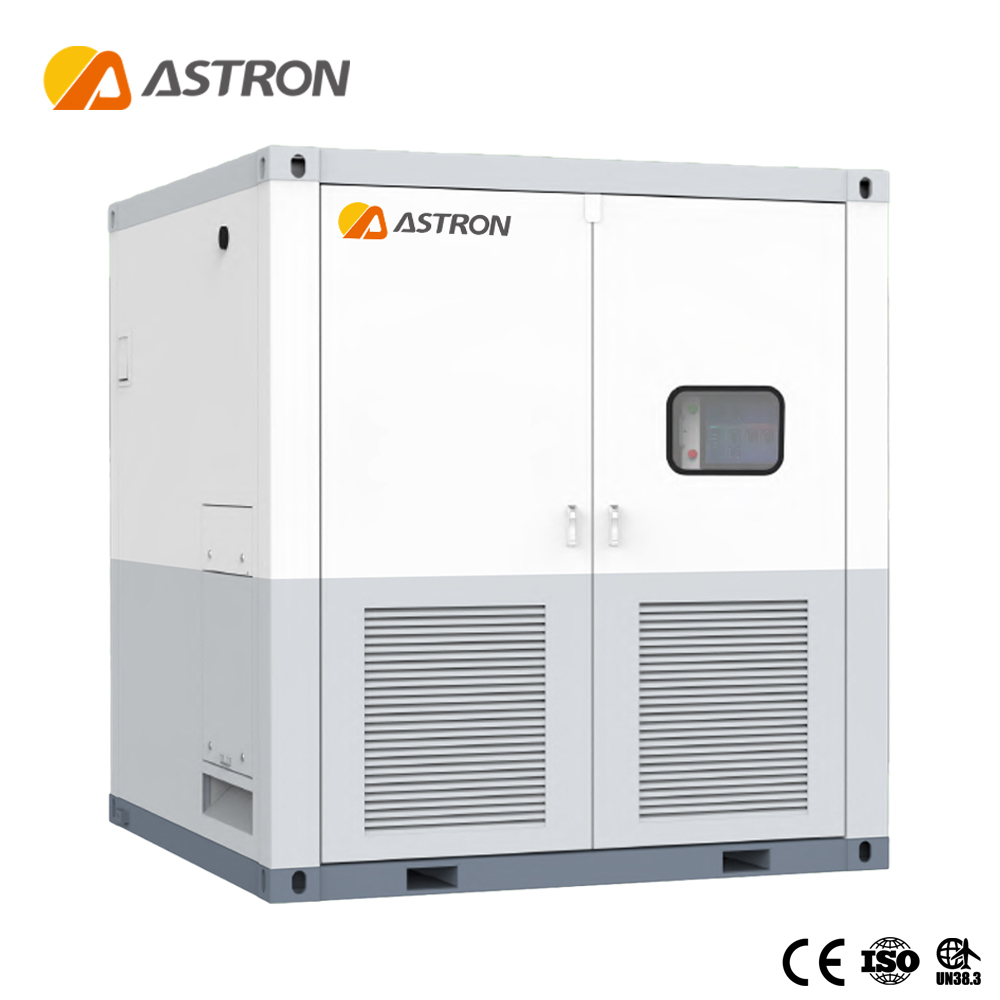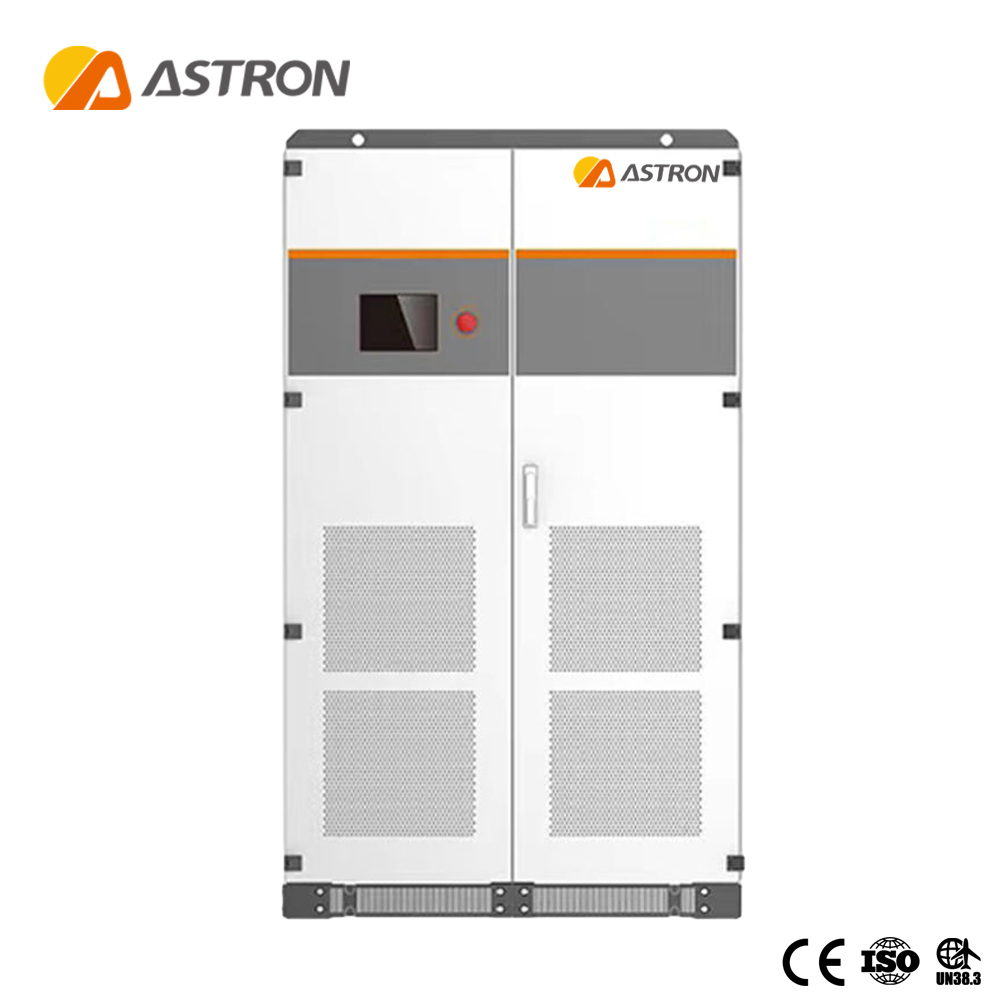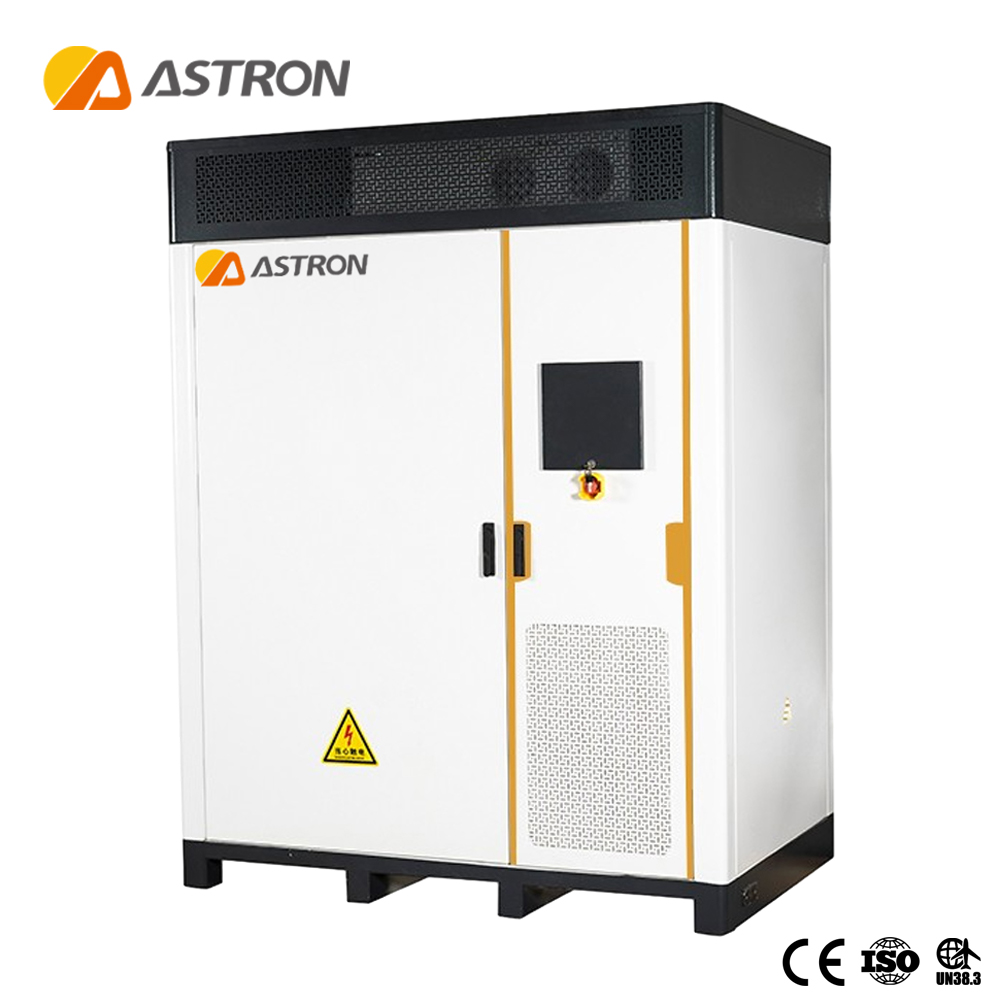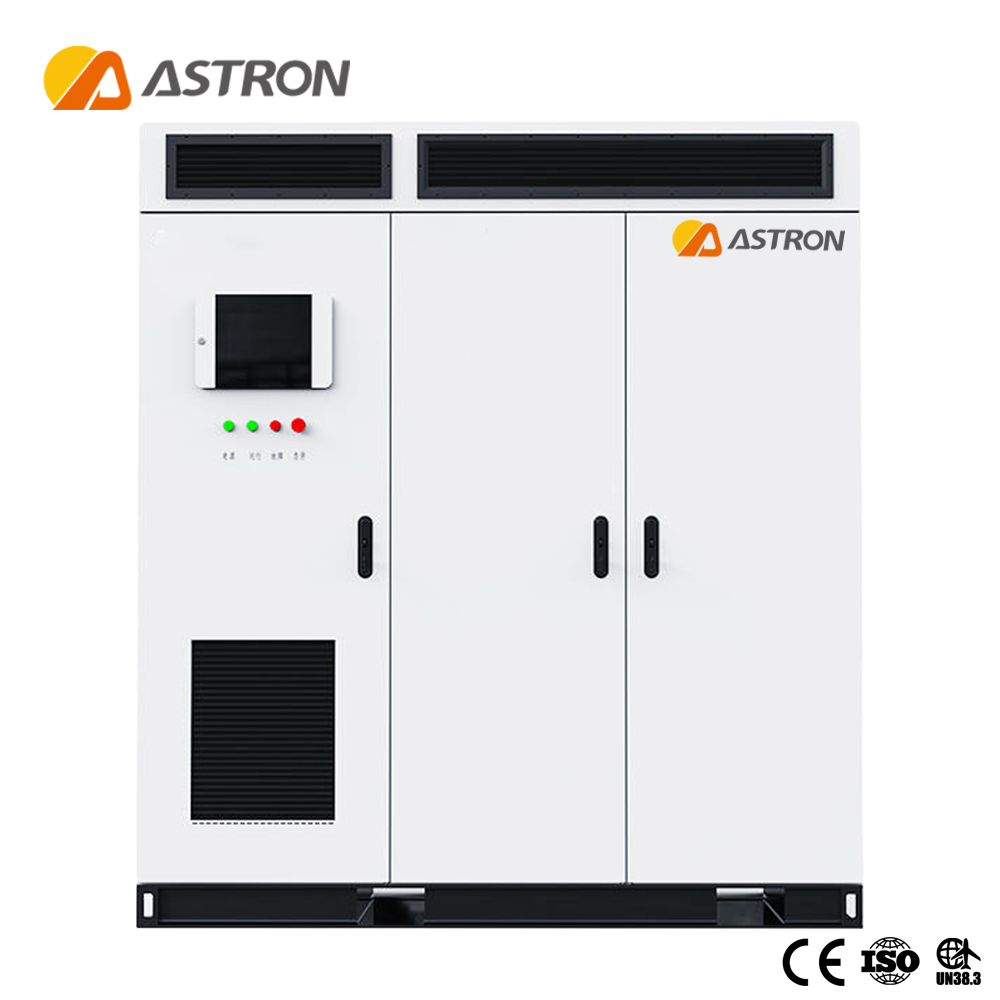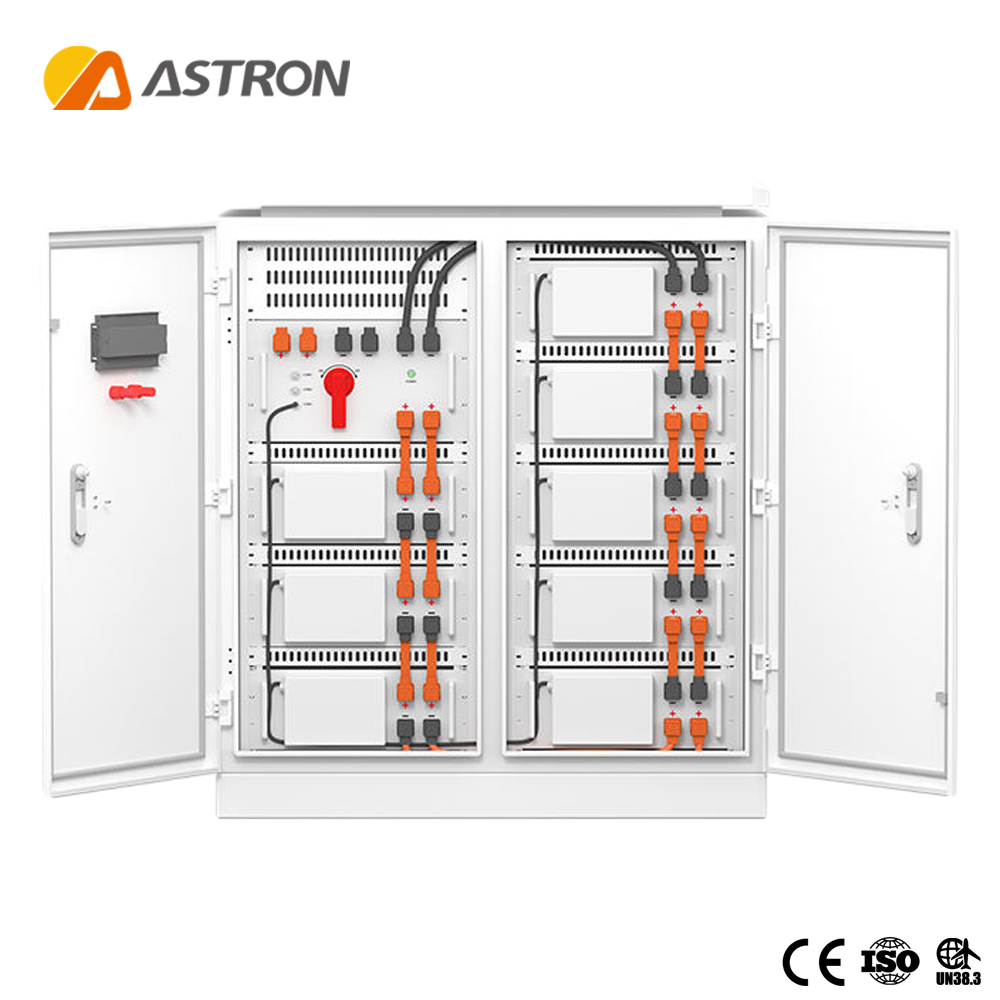Description
Technical Parameters
Products Description
Industrial and commercial energy storage cabinets have adopted modular designs. Different models can be customized according to customer needs to cope with different application scenarios. The cabinets have standard dust and water resistance levels of IP54 but they can be upgraded to face harsher environments if necessary. Heat management devices such as air conditioning and fans can also be added. Currently, there are two cooling options: air-cooled or liquid cooled. Our industrial and commercial energy storage cabinets only use grade A+ high quality battery cells in pure energy storage cabinets, in integrated energy storage plus inverter cabinets, or in other various modules such as PCS. Our energy management system allows transformers to be integrated into storage cabinets in order to achieve off grid energy storage, grid connected electricity sales, and takes into account existing power generation systems (photovoltaic, diesel-electric, wind, and hydro) and their different application modes.
Product picture
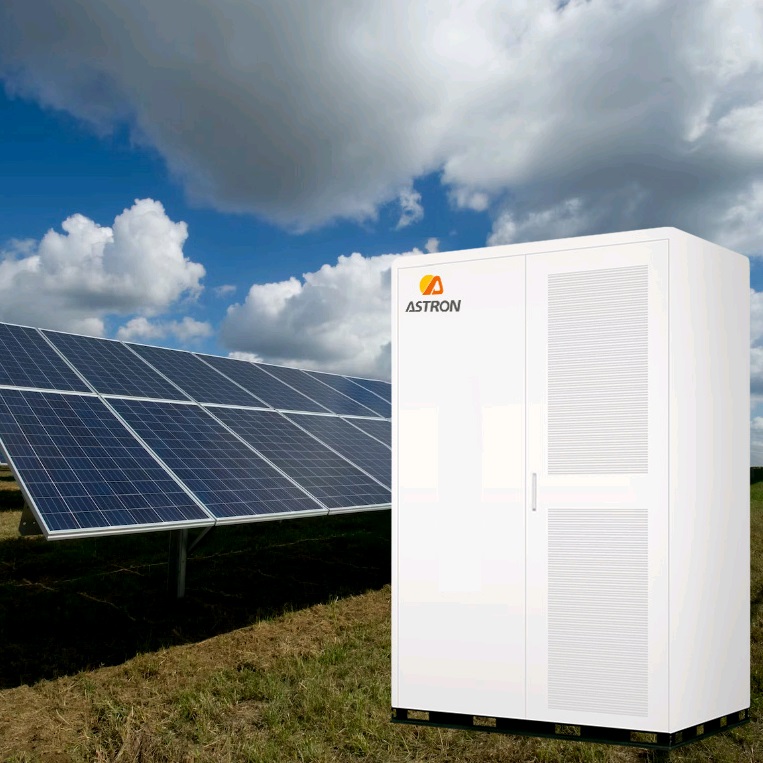
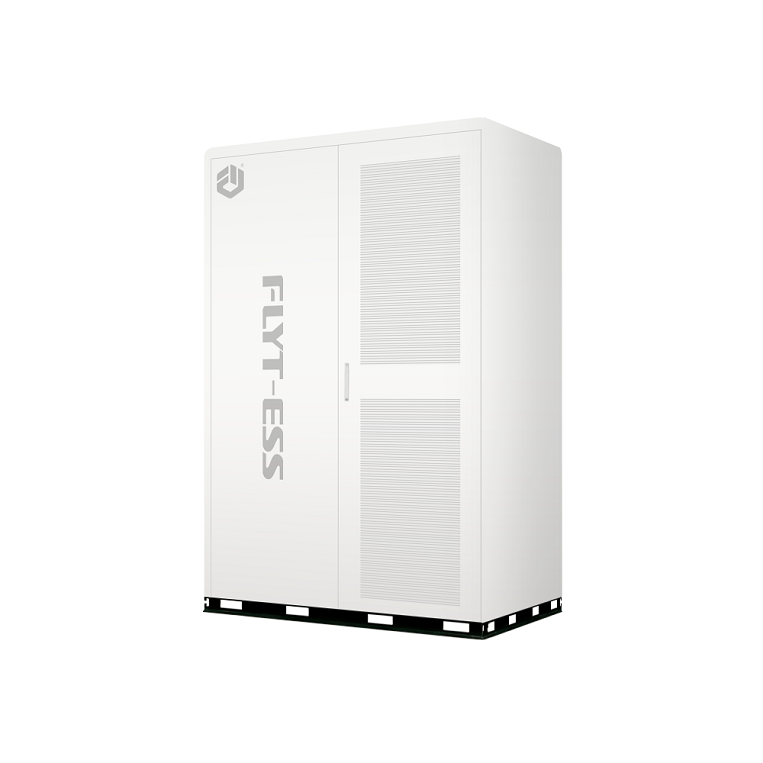
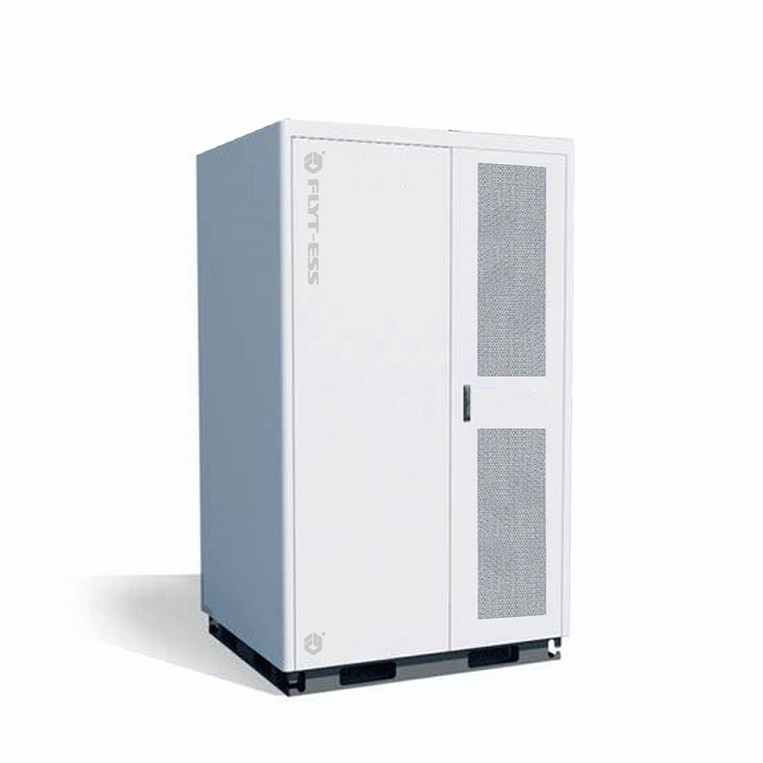
Advantage
Industrial and commercial energy storage are units specifically designed to store and manage energy in a variety of industrial and commercial settings. These cabinets are often used to store batteries, power electronics and other energy storage components.
The main purpose of these cabinets is to provide a safe, organized and efficient solution for storing large amounts of energy. They are commonly used in applications such as renewable energy systems, backup power systems, electric vehicle charging stations and grid stabilization projects.
Industrial and commercial energy storage is made of sturdy materials and features advanced safety mechanisms to ensure protection of the stored energy and the surrounding environment. They are designed to withstand harsh conditions such as extreme temperatures, humidity, and potential fire or other hazards.
These cabinets often include features such as fire suppression systems, ventilation systems, and temperature control mechanisms to maintain optimal operating conditions for the stored energy. They may also have built-in monitoring systems to track energy storage levels, performance and overall system health.
In addition to security and storage functions, these cabinets are designed to optimize energy flow and efficiency. They may include features such as integrated power conversion systems, inverters and charge controllers to regulate the flow of energy into and out of the storage system.
Application
1. Renewable energy integration: These cabinets are used to store excess energy generated by renewable energy sources such as solar or wind energy. The stored electricity can be used during periods of low generation or high demand, ensuring a stable and reliable power supply.
2. Grid stability: Energy storage cabinets are often used to stabilize the grid by providing frequency regulation and voltage support. They can quickly inject or absorb power to balance the grid during periods of fluctuations in power supply and demand.
3. Peak shaving: During periods of high power demand, energy storage cabinets can be used to reduce the peak load of the power grid. By storing energy during off-peak hours and releasing it during peak hours, these cabinets help manage energy consumption efficiently and reduce stress on the grid.
4. Uninterruptible power supply (UPS): In commercial and industrial environments, energy storage cabinets are used as backup power systems. They provide uninterrupted power supply during grid outages, ensuring critical operations continue without interruption.
5. Microgrid: Energy storage cabinets play a vital role in microgrid systems, which are smaller, localized power grids that can operate independently or in conjunction with the main grid. The cabinets store energy generated from renewable sources within the microgrid and provide power locally when needed.
6. Electric vehicle charging infrastructure: As the demand for electric vehicles increases, energy storage cabinets are used to support fast charging stations. They store energy during off-peak hours and deliver it quickly to charge electric vehicles, reducing strain on the grid and shortening charging times.
Send Inquiry

